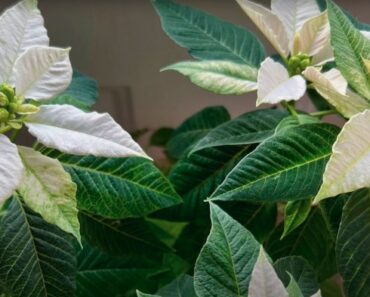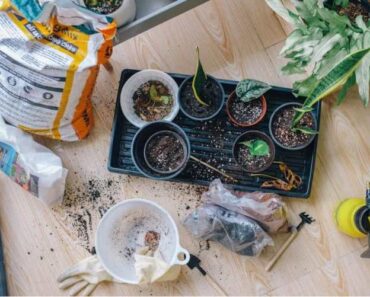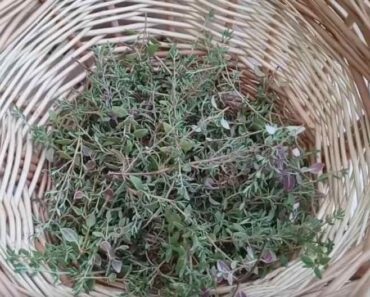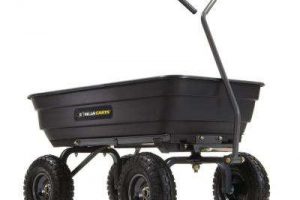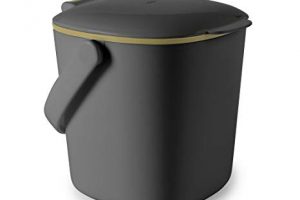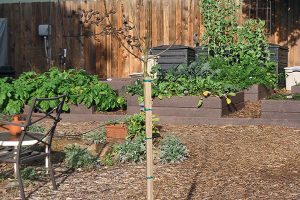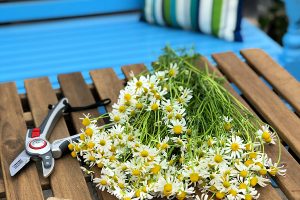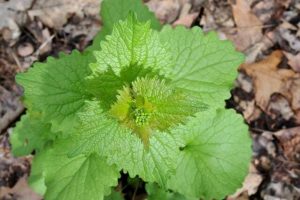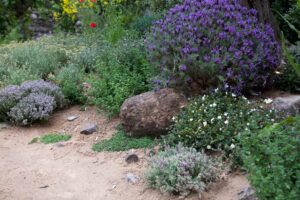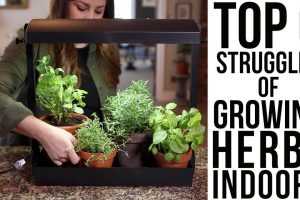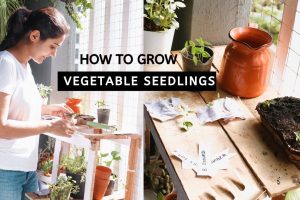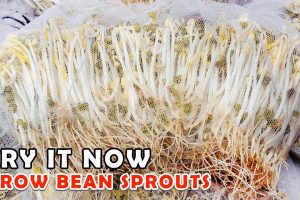
By Jennifer Poindexter
Have you jumped on the microgreen train yet? If not, now’s the perfect time! Microgreens have become extremely popular in recent years. You may be wondering what the big deal is about small plants. There are many benefits to growing microgreens.
They’re compact, easy to grow, and full of nutrients. If you’re in the market for a microgreen to help you start this journey, or are looking for a new variety of microgreen to grow, you’re in the right place.
I’m going to walk you through what you should know when growing kale microgreens. Here’s how you can get started:
Why Grow Kale Microgreens?
We’re all looking for foods that we enjoy eating, are good for us, and don’t pack a ton of calories. Kale microgreens hit all of these notes.
When you grow kale microgreens, you’ll typically eat less than 30 calories per serving. In turn, you’ll also eat a plethora of antioxidants, potassium, and calcium.
Plus, these are flavorful little greens that go well in smoothies, in an omelet, or in the place of lettuce in salads or for sandwiches.
If you’re trying to boost your nutrition, don’t miss out on this simple and inexpensive method by growing kale microgreens right in your home kitchen.
Different Methods of Growing Microgreens
There are two different options for growing microgreens. Some people prefer to grow their microgreens in potting soil.
This is a less expensive option and is easy to find the materials needed. Microgreens grown in soil, can be planted in a basic growing tray or dish.
Fill the tray with a couple inches of soil and sow the seeds using the instructions below. However, be prepared that the biggest risk you take when growing microgreens in soil is soil-borne disease.
This can hinder your growing production, so be mindful not to oversaturate the soil and keep the seeds in a warmer location should you choose this method.
The other method to growing microgreens is a soil-less option. I’ll discuss using hemp mats below, but there are other options you may use as well.
Decide which growing method is most sustainable for you, and take that path to produce the microgreens you desire.
How to Grow Kale Microgreens
I don’t know about you, but I’m all about simplicity. The easier it is for me to do something, the more likely I’ll keep it up.
This is why I choose to grow my microgreens on hemp mats. It is a little pricier than some of the other methods because you shouldn’t typically reuse hemp growing mats.
However, I know it’s cheaper for me to grow my own microgreens than buy them, so I choose to use the method I feel is more sustainable for me in the long run.

Here’s how you can grow kale microgreens using a hemp mat:
1. Soak the Kale Seeds
When you decide to grow kale microgreens, it all starts with the seeds. It’s wise to soak your seeds prior to starting the growing process as this helps with the germination rate.
Pour one package of seeds into a liquid measuring cup and fill it until the seeds are covered. Wait between 6 and 8 hours before moving on with the process.
I like to leave my seeds sitting at room temperature, so ensure you don’t place them too close to a heating or cooling source.
Once your seeds have soaked for the specified period of time, it’s time to move forward with the growing process.
2. Saturate the Growing Mat
There are kits you can buy for growing microgreens. I prefer to use what I already have on hand, so I use the same trays I use for fodder.
You may also place the grow mat into a casserole dish or cake pan. A fancy set-up isn’t required to grow your own microgreens.
In my case, I place my growing mat in a tray. From there, I pour two to three cups of water over the mat. I press on it to help it mold to the tray and also to encourage absorption.
Once your mat is fully saturated and your growing tray is set-up, it’s time to add the seeds.
3. Apply Seeds and Cover
The next step in our process is to add the seeds to the mat. I don’t bother draining the water from the cup before adding my seeds to the growing mat.
It’s just more water to go into the tray to help keep my plants evenly saturated as they grow.
Once the seeds are on the mat, I gently spread them out over the growing area to ensure they’re spaced as evenly as possible. After I’m done, I use an upside down cookie sheet to cover the seeds.
If you have a cover for your growing trays, you may use it. The main thing is that light is obstructed from the seeds during this time.
You could use the plastic lid that many growing trays come with and then cover the trays with a towel after the lid is in place.
How you choose to go about this will depend upon what type of system you use and what you have available around your home. As long as the seeds are on the mat and covered, you should be good to go.
4. Wait Patiently and Uncover
Next, you’ll leave the tray in a place that is kept at room temperature. I like to place mine on my kitchen counter or on top of my refrigerator just to keep them out of the way.
The seeds should be left to sit under cover for three days. When the days have passed, it’s time to uncover your tray.
At this point, leave the tray in an area where the plants can receive indirect sunlight. This could be next to a window with indirect sunlight, or you may place them under a grow light.
However, ensure the light isn’t too close to the plants or too intense as this may prove to be counterintuitive.
You shouldn’t need to add anymore water to your plants as the roots should be able to draw water from the tray beneath them.
Do check the mats periodically to ensure more water isn’t needed to remain on the safe side. Allow your plants time to grow in this location.
5. Harvest Your Greens and Store
The final step in this process is harvesting and storing your microgreens. Kale microgreens should be ready to harvest in approximately seven days.
When the plants have their first set of true leaves, they’re ready. Once you see this, it’s time to pull out a clean pair of scissors.
Go to the base of the plant where it meets the mat and cut the plants away. Be mindful not to harvest the mat in the process.
From there, wet a paper towel or a cloth that retains moisture. Place your microgreens inside the towel and close it around them.
Then place the damp towel and microgreens inside an airtight container or plastic bag. They should be stored in your refrigerator and used within a week.
I, personally, love to grow microgreens because I love their ease and all the nutrients they bring to the table with them.
Plus, I enjoy saving money. Anything I can grow, instead of buy, is a huge plus. Whether you’re trying to save money on health food items or just want to be closer to the food you consume, growing kale microgreens is a good first step.
Hopefully, this information will help you get started on this new gardening journey. Enjoy your fresh greens and all the benefits they provide you!
Learn More About Microgreens
https://extension.psu.edu/a-step-by-step-guide-for-growing-microgreens-at-home
https://extension.purdue.edu/news/county/allen/2022/02/grow-microgreens-at-home.html
https://gardeningsolutions.ifas.ufl.edu/plants/edibles/vegetables/microgreens.html
The post How to Grow Kale Microgreens appeared first on Gardening Channel.


